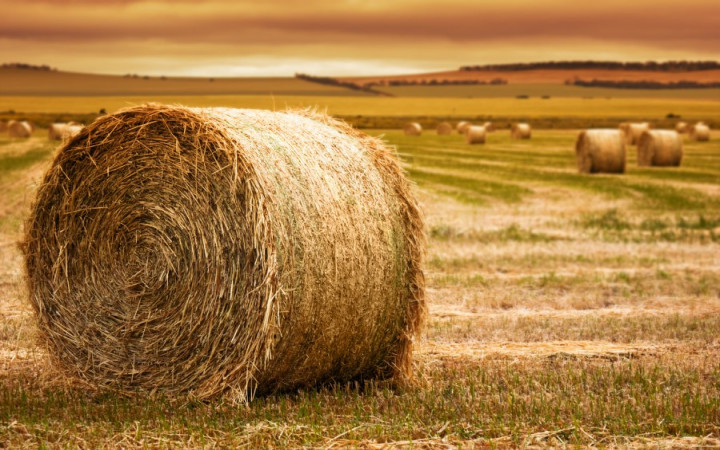Different Shapes and Sizes of Hay Bales

Hay bales have been quite in demand in the outskirts of America. Mainly used as fodder for your livestock, hay bales are something you can see packed in fields while you travel through the countrysides. However, you might have noticed that all these bales are not of the same shape everywhere. While some are square, others are rectangles and some even cylindrical.
While most people think this is arbitrary, it is not; there are some reasons for this. If you have ever wondered about the same, this article is perfect for you. Here you will learn why hay bales for sale are stacked in different ways and what type of hay bale is best for feeding small groups of animals.
Why Are There So Many Shapes Of Hay Bales?
The main reason for farmers to choose different shapes of hay bales is the kind of equipment they use. Most of the older balers produce a rather rectangular or square bale, which can be of varying sizes. The smaller rectangular or square bales mostly weigh about 40-50 pounds each.
In the last few decades, balers have started producing large-sized round bales, which have gained immense popularity. You can say that this is the most common shape of hay bales produced in today’s time. Often known as ton bales, these are quite large when weighed.
Each round bale can weigh anywhere from 700 pounds to even over 1500 pounds. Recent developments have led to new kinds of balers have been invested that can bale these large ton bales into a square or rectangular shape.
How Do Farmers Choose What Baling Equipment To Buy?
Now that you understand the different shapes bales are made in, it is time to know how farmers choose the equipment they will use. Like most business decisions, there are quite a few economic factors that affect this decision.
For instance, baling small rectangles of hay can be quite labor-intensive. Along with that, it takes longer since the hay has to be dried for a longer time between being cut and baled. It also takes more workers to pick, stack, transport as well as store the bales. So for farmers who do not have much time on their hands, opting for small square bales is not the right decision.
On the contrary, larger bales take much lesser time to get cut and baled. They are also more densely packed and are more moisture-resistant, given their shape. These types of bales are also a lot more economically friendly to produce as it requires lesser manpower. However, storing it takes a larger space but can easily be done with a tractor.
In Conclusion
To sum up this article, you now know that bale shapes are not arbitrary. There are many reasons for what shape or size of bale a farmer chooses. In addition to that effort, you also have to pay attention to the kind of animals the hay is fed to.








